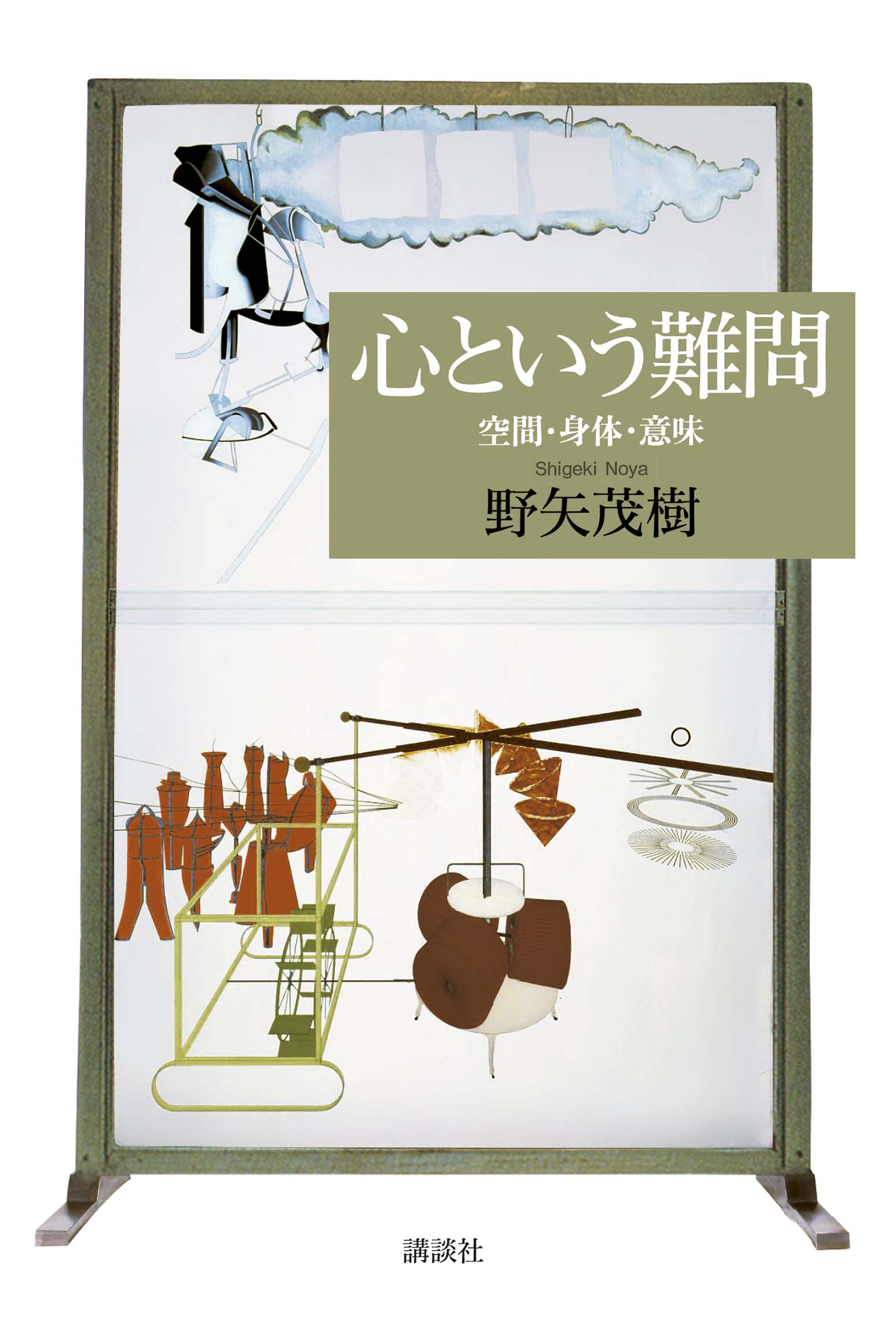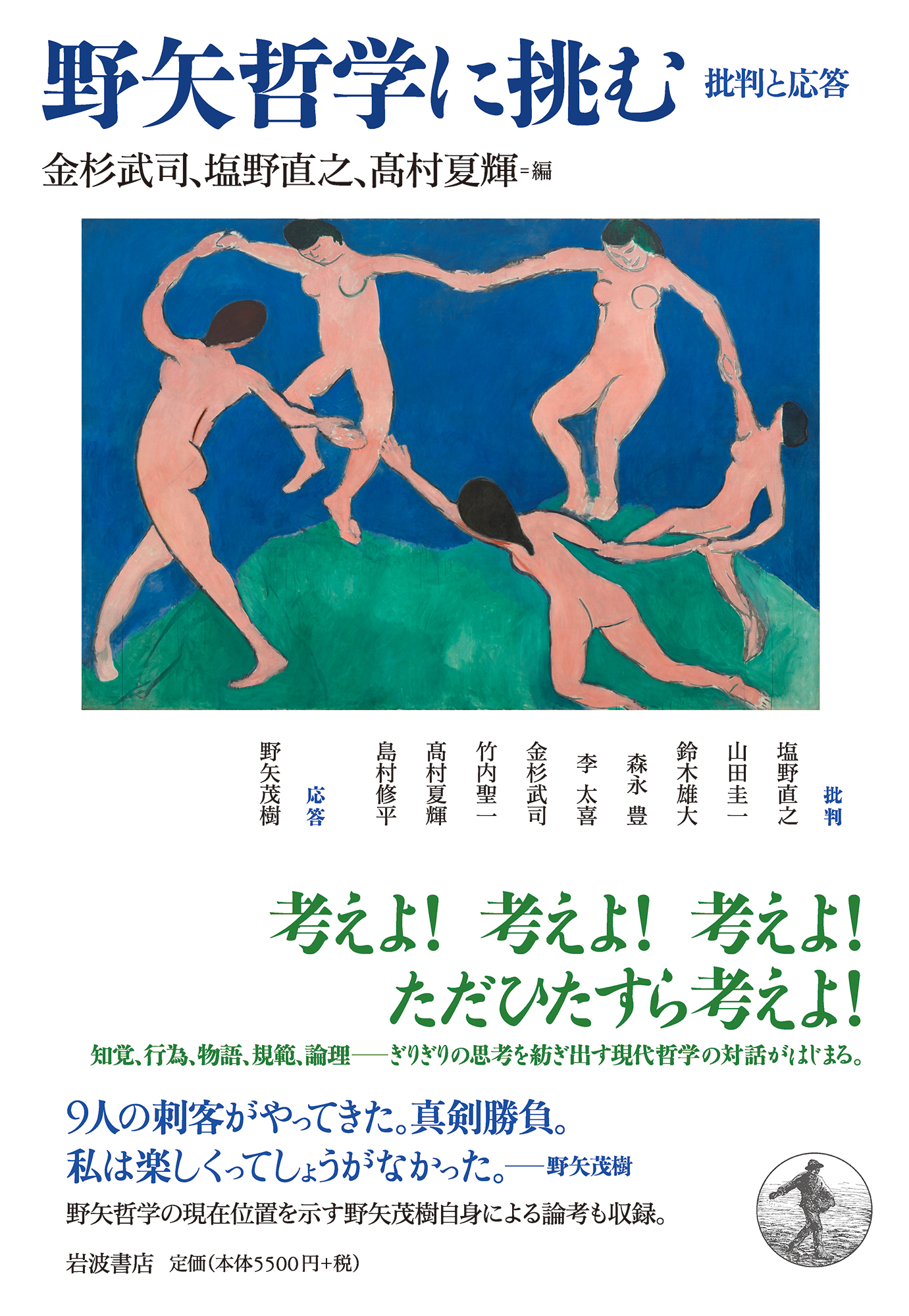
Title
Kokoro to iu Nanmon (The Conundrum of Mind: Space, Body, and Meaning)
Size
392 pages, 127 x 188mm
Language
Japanese
Released
May 27, 2016
ISBN
978-4-06-220078-3
Published by
Kodansha
Book Info
See Book Availability at Library
Japanese Page
In a number of ways, with or without awareness, we conceive what we experience now such as perception or sensation as well as others, who must experience a variety of things just as we do. Such conceptions that we hold antecedently to philosophical reflection are not really coherent. They contain contradictions, whose dissonances cause philosophical problems. We have to review once again our intuition concerning the way experience is and the existence of others.
For this purpose, I develop lines of arguments that I call “perspective theory” and “facet theory.” The perspective theory attempts to reveal the public nature of experience by conceiving experience of perceiving and sensing in terms of space and body. The facet theory conceives experience in terms of meaning and examines it further by means of “narratives” to let the core of otherness emerge. Experience is thus reconceived by perspective and facet theories to capture theoretically our realization that we perceive real things themselves and that others have the same experience as we do.
At the same time, I am going to deny some of pretheoretical ideas that we have had. The idea that “illusions and hallucinations are mistaken perceptual images” is rejected, so is the idea that “experience is created by the brain,” which I call a “myth of brain.” Even illusions and hallucinations are not “perceptual images,” still less correct perception. What are called “perceptual images” are fabrications created by our mistaken intuition and mistaken philosophical arguments. While I do not deny that the brain plays an important role for the way experience is, perceptual experience is by no means its product.
Thus, by way of philosophical arguments, I arrive at the naïve realism that we perceive the real world itself. Furthermore, the world has an aspect that I call “facet”, which is the meaning in which the world is perceived. There are two kinds of facets, those shared publicly (intersubjectively) and those that are personal, between which there is continuous transition. If it is the aggregate of personal facets that can be called the “mind,” the way the mind is will be shown that takes the “mind” not as something confined to an individual’s interior but as something that exists within an individual while continuously connected to the public world and that can be open to the public world.
To open up the mind and the world under a new conception by getting rid of the conception of “inside and outside” that takes the mind as something inside and the world as existing outside the mind – that is the goal of this book.
(Written by NOYA Shigeki, Professor, Graduate School of Arts and Sciences / 2018)



 Find a book
Find a book



